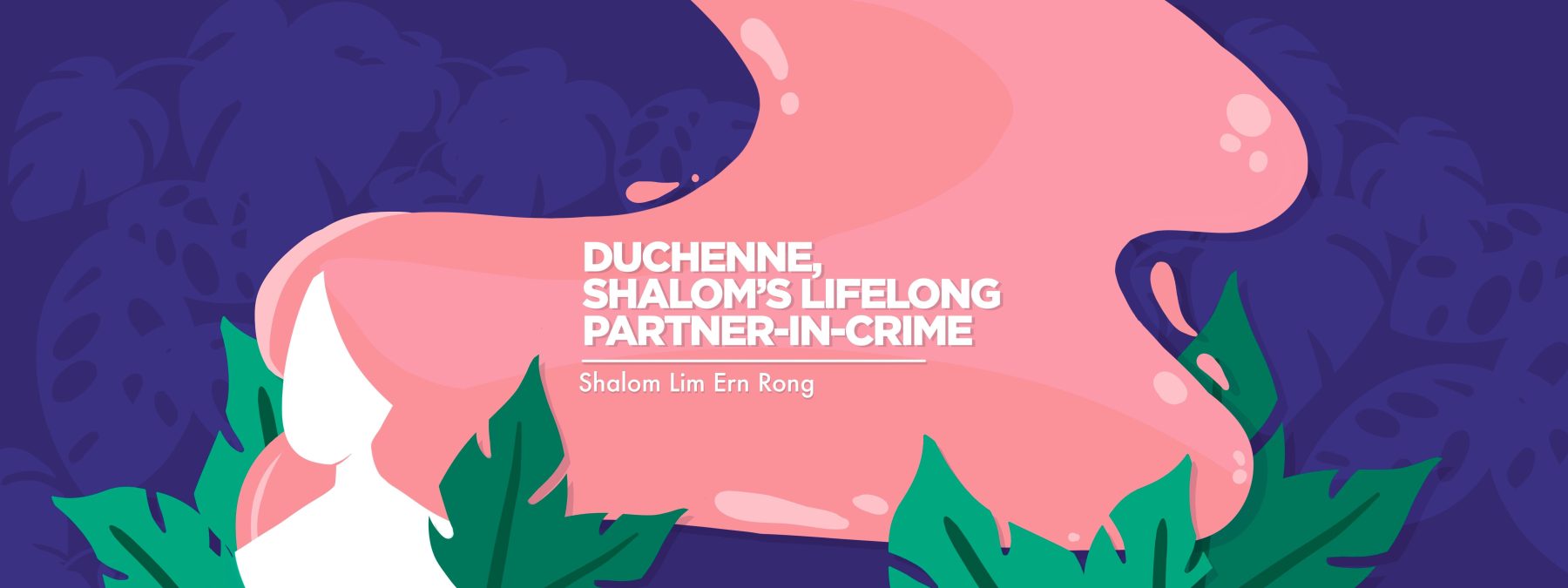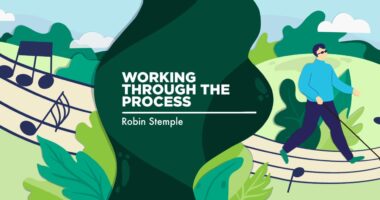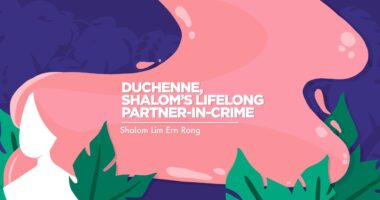How art can foster connection in the disability community
A public workshop demonstrates that storytelling isn’t limited to speech

Last Sunday, my girlfriend, Amanda, and I co-led an art workshop that brought us both joy. The accessible art journaling session, “Why your story matters: Where art meets wellness,” was held at the Bishan Public Library in the northern part of Singapore and was part of the National Library Board’s “Body|Brain|Being” inclusive wellness program, which advocates for the mental well-being of people with disabilities and their caregivers.
What made it even more meaningful was the collaboration, as the library board kindly allowed our fine art studio, Rebirth Ensemble, to offer our inaugural tactile art-making session. The participants were clients from CaringSG, a caregiver support group, and MINDS Community Hub, a social service agency for people with learning disabilities.
As a Duchenne muscular dystrophy (DMD) survivor, I’ve long believed in the power of storytelling to reclaim one’s identity. However, this event was the first time Amanda and I had facilitated a public workshop together as co-founders of Rebirth Ensemble. Watching her take the lead on the art segment while I guided the storytelling brought home how far we’ve come in transforming our lived experience into something impactful and meaningful.
A creative space rooted in care and empathy
Participants used tactile art materials we provided, such as felting wool, glue, masking tape, marker pens, paper, and pipe cleaners, to respond to journaling prompts centered on peace, strength, and resilience. Most of them live with learning disabilities and couldn’t verbally express their emotions and thoughts about the workshop. But their joyful body language and beaming smiles said everything. We could tell that they’d thoroughly enjoyed themselves, as did their caregivers and family members, plus the volunteers and staff members.
Duchenne can be isolating, especially in a culture that still values productivity over presence. That’s why Amanda and I started Rebirth Ensemble: to demonstrate that creative expression belongs to everyone, regardless of ability, mobility, or support needs. The workshop reminded us how art can bridge the disconnect that many people with disabilities face. It isn’t about being skilled at drawing, but rather about being seen.
Even without words, we witnessed how creativity brought the room together. Seeing the participants connect with the materials made me reflect on how storytelling isn’t limited to speech. My late brother, Isaac, hardly spoke because of autism, but his art was eloquent. For people with DMD, who are frequently pitied or spoken for by others, the opportunity to express ourselves can be life-affirming. It was a great way to create a space where every voice was welcomed and where differences weren’t just accepted, but celebrated.
Working with Amanda to bring our first-ever workshop to life was a milestone and a sign that our shared passion for creating and advocacy through Rebirth Ensemble is finding its voice. We’re not just making art; we’re building bridges that foster connection.
Note: Muscular Dystrophy News Today is strictly a news and information website about the disease. It does not provide medical advice, diagnosis, or treatment. This content is not intended to be a substitute for professional medical advice, diagnosis, or treatment. Always seek the advice of your physician or another qualified health provider with any questions you may have regarding a medical condition. Never disregard professional medical advice or delay in seeking it because of something you have read on this website. The opinions expressed in this column are not those of Muscular Dystrophy News Today or its parent company, Bionews, and are intended to spark discussion about issues pertaining to muscular dystrophy.







Leave a comment
Fill in the required fields to post. Your email address will not be published.